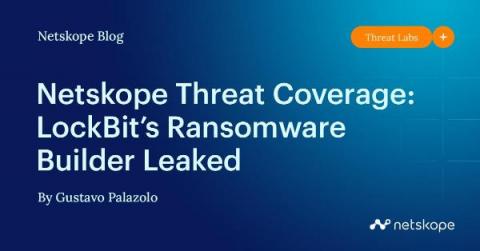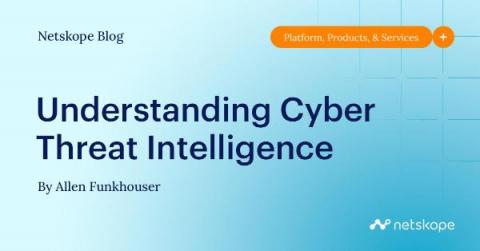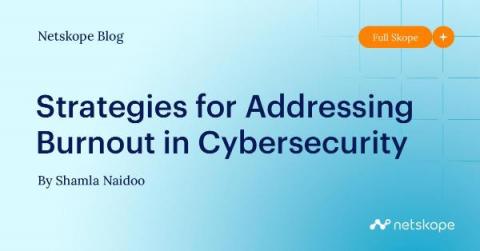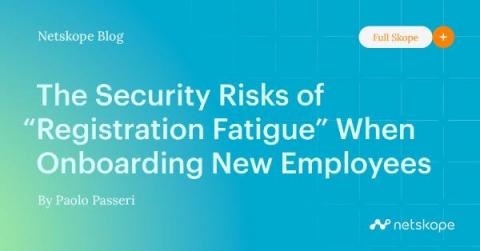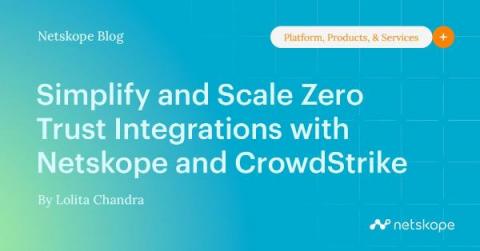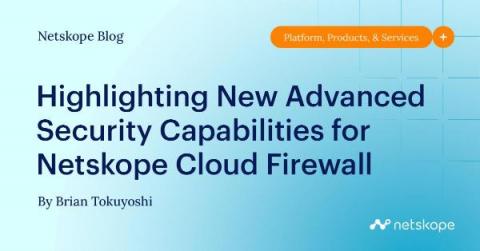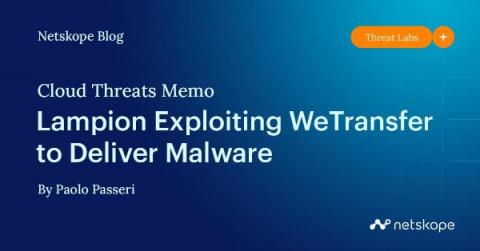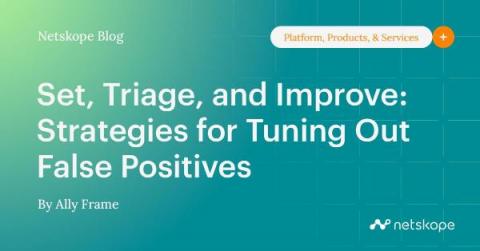Netskope Threat Coverage: LockBit's Ransomware Builder Leaked
LockBit (a.k.a. ABCD) emerged in September 2019 and became one of the most relevant RaaS (Ransomware-as-a-Service) groups among others like REvil, BlackMatter, Night Sky, Maze, Conti and Netwalker. The group targets many organizations around the world with a double-extortion scheme, where the attackers steal sensitive data and threaten to leak everything if the ransom is not paid.


